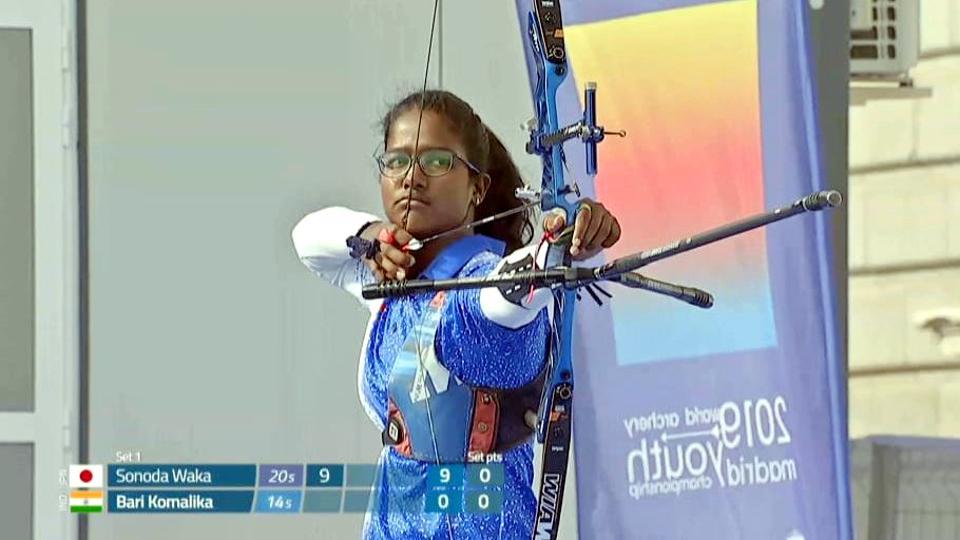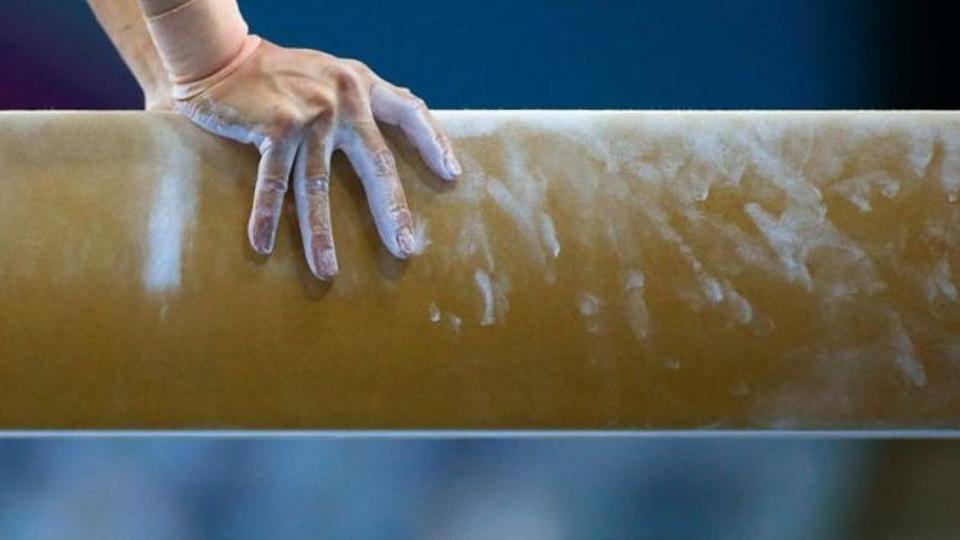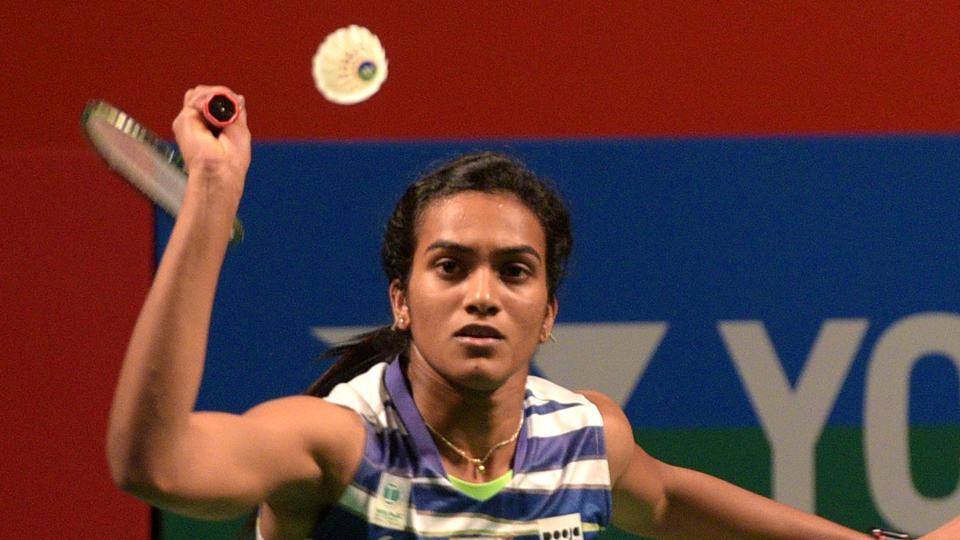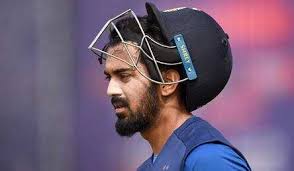
Not many were convinced when Malaysian coach Tan Kim Her floated the idea of playing Chirag Shetty and Satwiksairaj Rankireddy as a pair. Not even the two players.
Both had a similar style. Tall and powerful, both revelled in the role of a finisher. And there was little in common between them off the court, as far as bonding was concerned. Rankireddy, son of a badminton umpire from the quiet Amalapuram in Andhra Pradesh and Shetty, a hotelier’s son from Mumbai, were chalk and cheese. One would go searching for Indian food during tournaments abroad. The other would happily dig into his favourite Chinese and Japanese dishes. Rankireddy hated leaving his comfort zone and loved to spend time with Telugu-speaking friends at the Pullela Gopichand academy while Shetty loved to embrace new ideas.
Both had already showed good results with respective partners even at junior international meets. Shetty shifted to doubles six years back and had instant success with MR Arjun, winning domestic titles in the U-15 and U-17 categories besides Badminton Asia U-17 title in 2013. Satwik was happy sharing court and hotel room with statemate G Krishna Prasad. They too won the Badminton Asia U-17 title in 2015. Both pairings were marked for the future, until Kim Her split them in 2016 and forged a scratch combination.
But many didn’t spot what the well-known Malaysian doubles expert had. That despite their game being similar, if paired together, they had the skill to rock the world’s best. Speed, power and craft, Shetty and Rankireddy had these qualities in abundance and they showed their class in winning the Thailand Open Super 500 event, one of the best doubles results in Indian badminton. They beat Chinese world champions, Li Junhui and Liu Yuchen, in the final.
The trick to make the combination tick was to change the role of one of them from finisher to playmaker. That responsibility fell on Shetty, two years senior to Rankireddy.
“One of us had to change and become a net player and I was the one because Satwik had a very good smash. I thought a lot (about pairing with Rankireddy) when we started off. But gradually we started playing well and the thought didn’t strike,” says Shetty.
For the pairing to click, Shetty had to curb his natural instinct as Indian badminton had not seen someone like Rankireddy. The brute power with which he smashed put him among the elite. Shetty says: “He is one of the hardest hitters I would say in world badminton currently. Most of the times his smashes are hit with great power.”
It was an ability that had brought Rankireddy to the fore in the domestic circuit.
“We all thought it was special in our badminton. Indians don’t have that sort of power to finish rallies. Now, he has also brought in variety and a lot more guile,” says U Vimal Kumar, former international player and chief coach, now a national selector.
“People immediately took note of the pairing because of their raw strength and power. Tan rated them highly. They could take the physical load, lacking in many of our former doubles players. Now they have also developed good soft skills,” adds Kumar.
With his tall frame and broad shoulders, Rankireddy goes for the kill. He practised it in cement courts of Amalapuram. His smashes can cross 400kph, as the speed clock showed during the Premier Badminton League. “That’s all I knew in badminton. I loved smashing,” says Rankireddy.
“I used to go with my father for his volleyball matches, and there I was fascinated by the jump smash. I loved people saying ‘wow what a smash’. Later, I saw Nandagopal (Kidambi Srikanth’s brother) hitting the jump smash and I started learning jump smash and added variety.”
In terms of power, Shetty and Rankireddy are matching Chinese, Indonesian and Korean pairs. They beat the renowned Korean pair of Ko Sung-hyun and Shin Baek-cheol in the semi-finals before downing the Chinese world champions in Thailand.
Rankireddy says they had to believe in their attack against the former world champions, who are very attacking. “The semi-final was the toughest. I used to admire their game when I was young. They are strong in attack and our defence is not good. In attack, we take points 80 per cent of the time. In defence it’s like 50-50. The idea was not to give any opening to them to attack, so it was keeping the shuttle flat. We were confident, did not make any mistake at crucial times,” he says. Shetty, on the other hand, was polishing his touch game at the net. “I had to focus more on the net because Satwik has the hardest smash and is effective from the back.”
For that, Shetty had to overhaul his game. Instead of using his arms freely, and freely swinging his racquet, he now had to use short swings to control the forecourt. “His earlier partners would create openings for him at the net. Now he had to do that for Satwik. Being a six-footer, more than a foot above the net, Chirag had to learn to crouch a lot to see the shuttle better and stay close to the net. He could make the changes because he was exceptionally talented,” says Uday Pawar, Shetty’s coach and one of India’s top doubles expert.
In the final against Li Junhui and Liu Yuchen, roles were reversed because Rankireddy had a sore shoulder that had prevented him from playing for three months. Shetty was the attacker. “Generally, it’s me who creates the opening and he finishes. In the final, I waited and finished it myself.”
Both are now comfortable switching their games and that has added to their X-factor. They will enter the world top-10 this week. The off-court warmth too is obvious—Rankireddy calls Shetty ‘mini-Google’ for keeping tab on what happens even in Amalapuram. Indian badminton though will hope they stay hot heading into the Tokyo Olympics.

Must See
-


OTHER SPORTS
/ 5 years agoYashaswini sheds doubts on the ski slope, wins gold for Tokyo spot
Shooting is all about that unwavering focus, a sort of tunnel vision to excel...
By Espnstaff -


OTHER SPORTS
/ 5 years agoGymnastics trials put off due to simmering feud
In a major setback to aspiring Indian gymnasts preparing for the 2020 Tokyo Olympics,...
By Espnstaff -


OTHER SPORTS
/ 5 years agoChina Open next stop for champion PV Sindhu
PV Sindhu will play her first tournament following the World Championship triumph at the...
By Espnstaff








